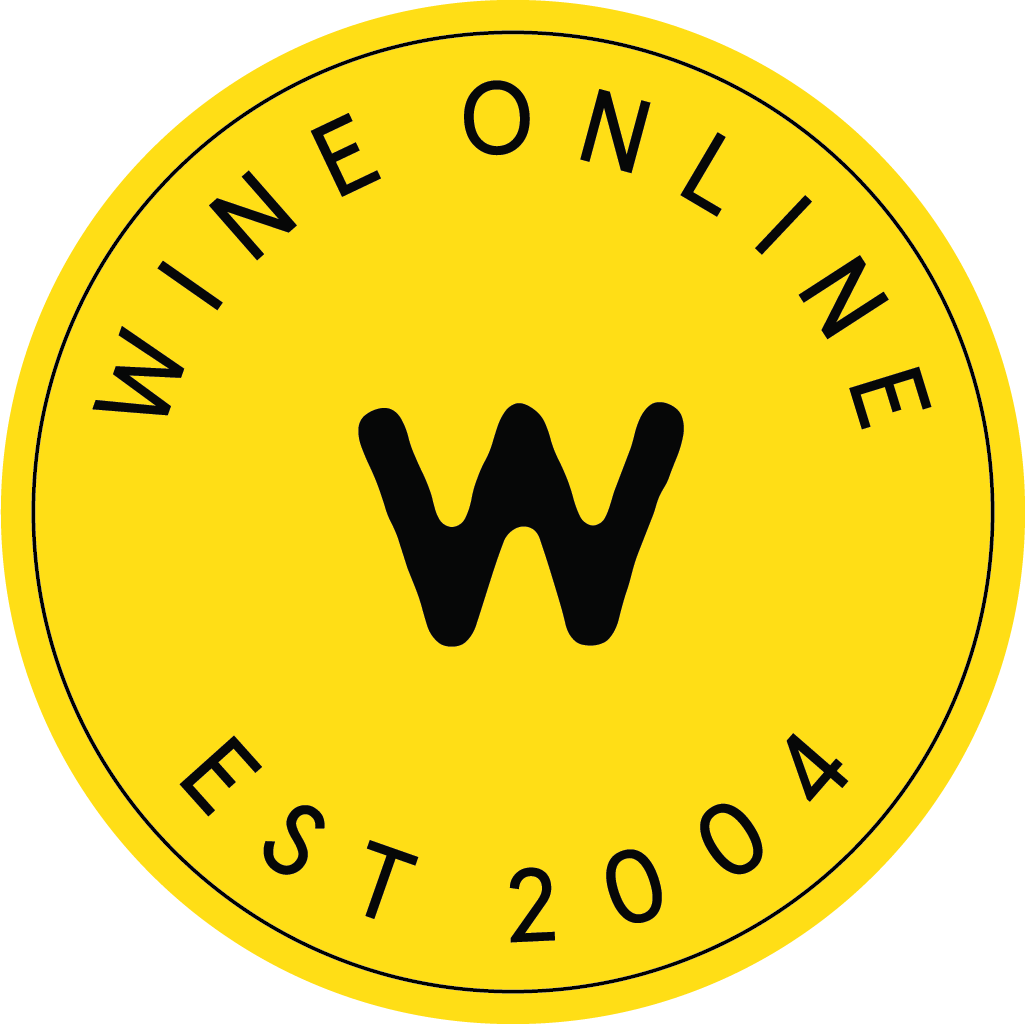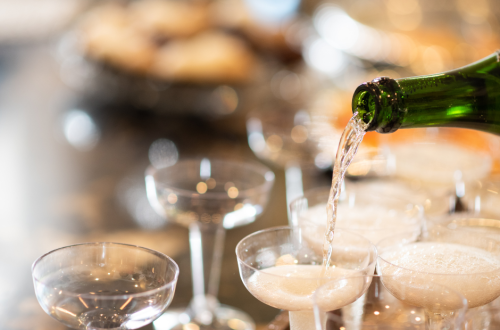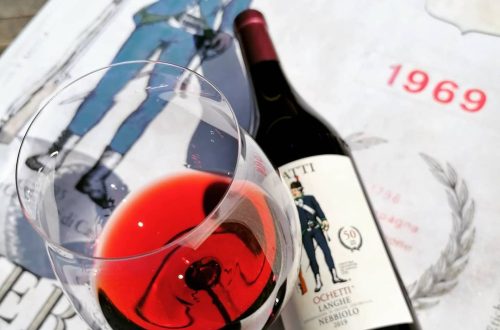What does “Vieilles Vignes” mean?
Old vine (French: vieilles vignes) is a term commonly used on wine labels to indicate that a wine is the produce of grape vines that are notably old. There is no legal or generally agreed definition for old vine.
Old vines make better wine
That is true… If the vineyard works conscientiously. Indeed, when certain conditions are met (good health of the vine, deep rooting, careful maintenance of the vineyard), an old vine can give grapes more concentrated in aromas than in his youth.
With fewer leaves, the grapes are more exposed to the sun and can reach a particularly interesting stage of maturity. A ripe fruit will then allow the wine to be even more expressive, harmonious and generous. Great qualities that can make a vintage even better.
Our selection of Old vine
Hacienda Lopez de Haro Rioja Blanco by Bodega Classica 2017

The Lopez de Haro Blanco is produced from fruit that comes from 50 – 80 year old vines. It spends just enough time in French oak to add complexity and depth that continues to impress us at this price point.
If you need a house white that is universally pleasing and will not break the bank, the Lopez de Haro Blanco is the right wine.
100% Viura grape harvested from historic vines near San Vicente de la Sonsierra in Rioja Alta, its’ aged for 2 months in French oak barrels. White fruit and flowers on the nose, followed with good structure, freshness and complexity on the palate. With a nice long, pleasant finish, this wine is a steal!
The Lopez de Haro Blanco has everything going for it. It is refreshing, there is minerality, ripe fruit, a nice long finish and the price is more than affordable. It’s great with all sorts of food and delicious on its own.
Beaujolais Villages Burgundy by Stephane Aviron 2016
Stéphane Aviron can be considered a pioneer is his approach to winemaking in Beaujolais, however he would just tell you that he’s simply returning to the traditional practices that have always made fantastic Gamay wines. Sustainable viticulture, extremely old vines and classic Burgundian techniques. He focuses on the Beaujolais village crus, all but forgotten gems of vineyards when the nouveau craze took over, which are the best sites for unique, expressive and terroir driven wines.
Today’s Beaujolais is produced Biodynamically. Some of the wine world’s big names have been farming biodynamically for years: Domaine Romanée Conti, M. Chapoutier, and Boisset to name a few.
All of the fruit is sourced from old vines (50+ years), so seeing Vieilles Vignes on the label is a rite of passage, not a privilege. Authenticity and a distinctly Beaujolais style of winemaking is what sets Stéphane apart from the competition.
100% Gamay sourced from 50+ year old vines in the lieu-dit of ‘Les Monthieux’. This light, elegant Beaujolais Villages drinks above its price point owing to the complexity of fruit and minerality from the old vines. Whole cluster fermentation and a six-day maceration extract intense fruit flavours while maintaining overall finesse. The wine is then aged in inert oak so as not to impact the freshness of the wine with any overt oak aromas and it’s farmed biodynamically.
Where to find these wines?
→ Hacienda Lopez de Haro Rioja Blanco by Bodega Classica 2017
→ Beaujolais Villages Burgundy by Stephane Aviron 2016






